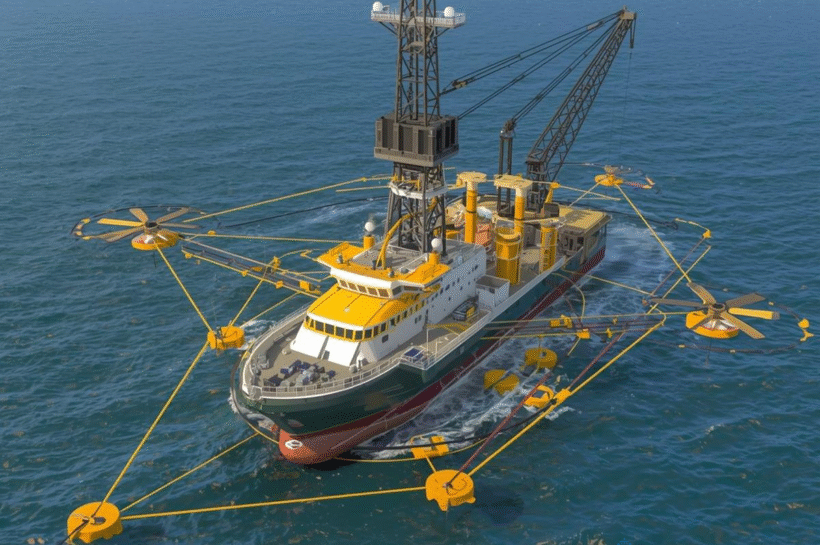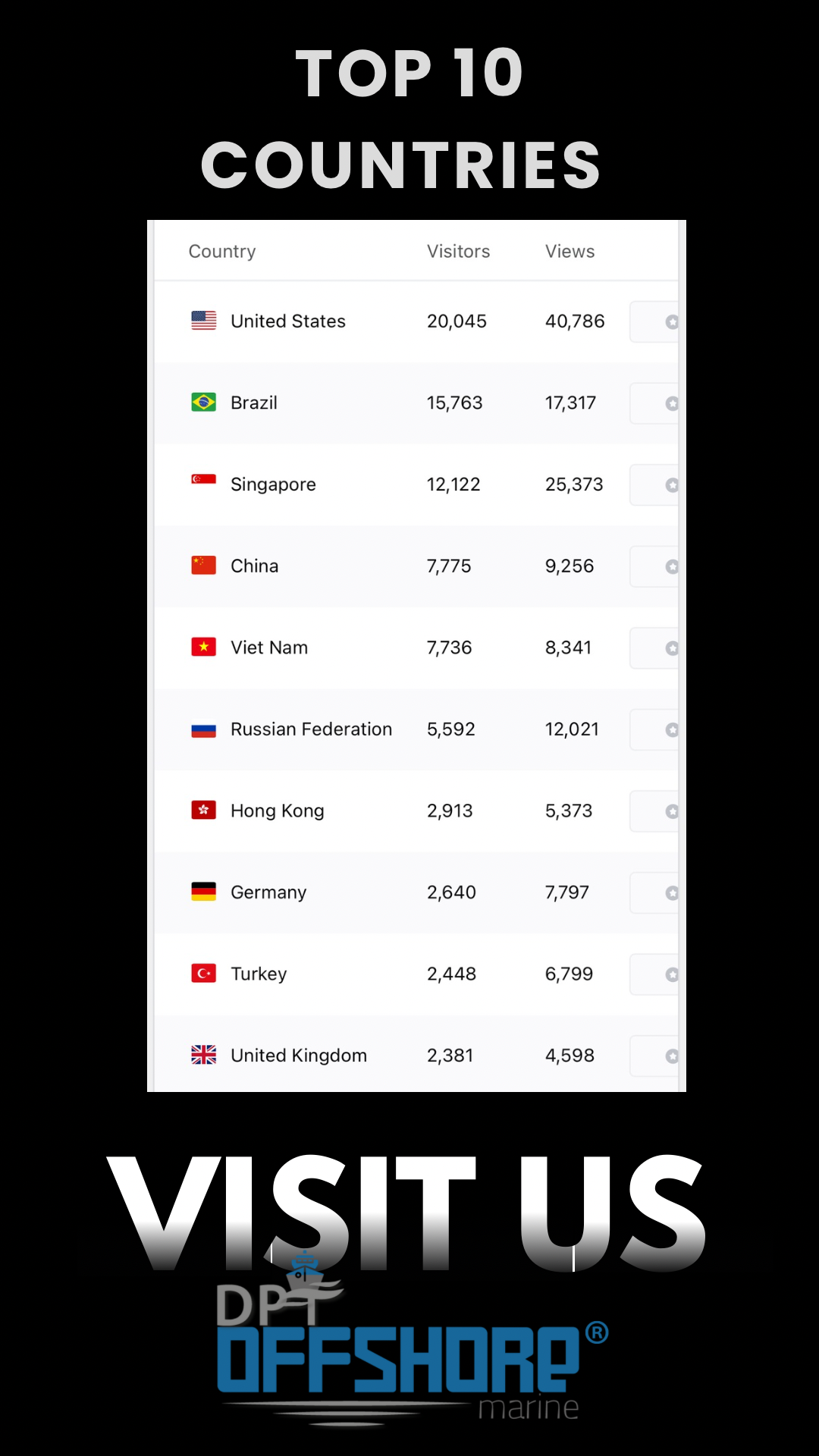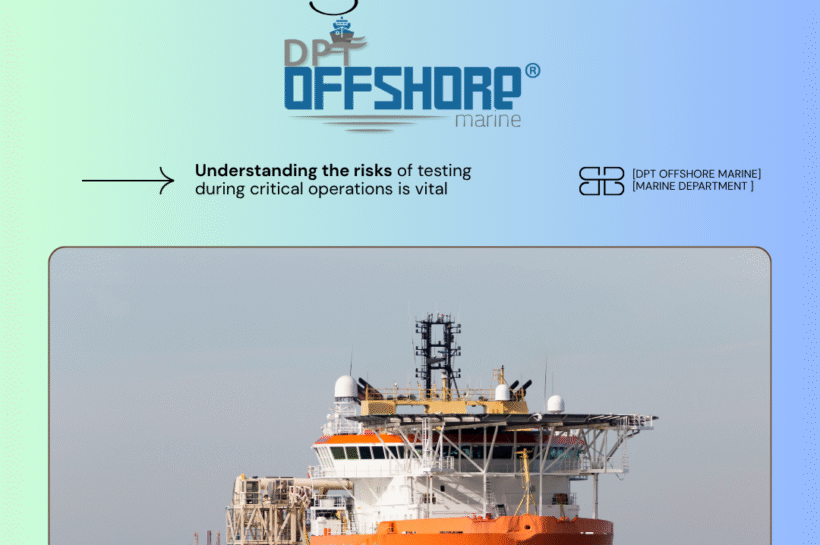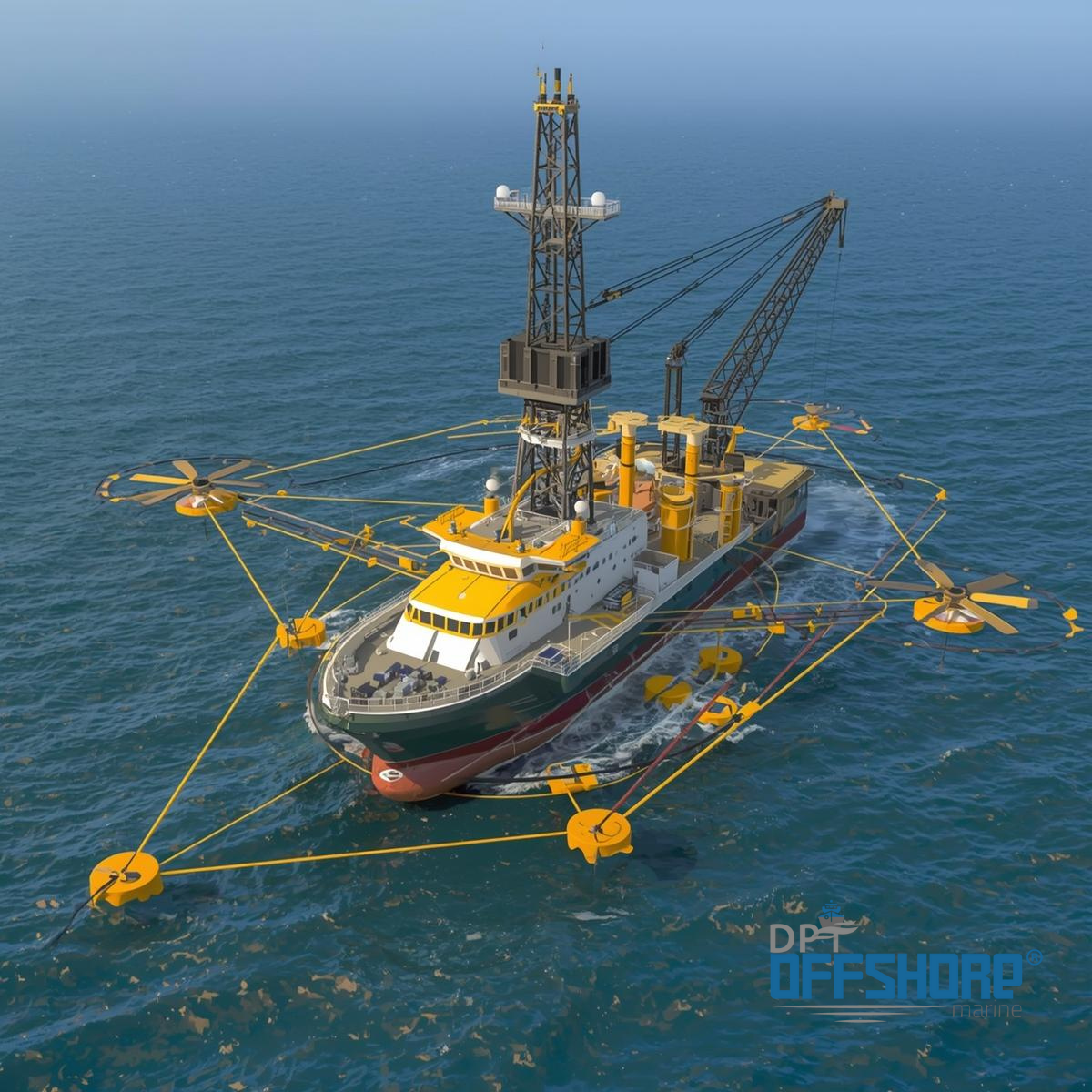Ready to Level Up? Discover Our DP Test Content and Boost Your Skills!
Alright, the user wants 20 multiple-choice questions based on the provided content about Dynamic Positioning (DP) systems, specifically focusing on modes like Tanker, Riser Follow, and others, along with Consequence Analysis and Position Reference Systems (PRS). The difficulty is set to hard, so the questions should test detailed understanding, not just basic facts.
First, I need to break down each section of the content. Let’s start with Tanker Modes (Shuttle Tanker Pick Up, Approach, Loading). Each mode has specific characteristics, like fixed heading, operation steps, limitations. For example, in Shuttle Tanker Pick Up mode, the heading is fixed, which is different from Approach or Loading modes in normal conditions. Questions can ask about these distinctions.
Next, Riser Follow Mode: used by drill ships and DP semis to minimize riser angle. It mentions using acoustic beacons or electronic modules, standalone vs. pooled references, and issues like hunting motions. Possible questions could cover the purpose of Riser Follow, components involved, or troubleshooting steps like adjusting gain settings.
Your Path to Mastery: Explore the DP Test Questions Designed for You!
Model Control and Dead Reckoning: triggered when PRS are lost. Key points include it being an emergency mode, dependency on the model’s accuracy, and another name (Dead Reckoning). Questions might ask about scenarios where Model Control is activated or the factors affecting Dead Reckoning’s effectiveness.
Consequence Analysis: required for IMO Class 2/3, analyzes worst-case failures (thruster, bus section, etc.), based on current conditions. Questions could focus on the purpose, worst-case scenarios, or how redundancy is maintained with dual systems.
Center of Rotation (CoR) and Alternative Rotation Points (ARPs): The CoR’s impact on power usage, examples like DSV’s moonpool, multiple ARPs, manual entry risks. Potential questions about why a DSV’s CoR is at the moonpool, effect of ARP distance from CoG, and the number of ARPs.
Position Reference Systems (PRS) types and handling: Five types (HPR, Taut Wire, DGPS, Laser, Artemis), pooling vs. queuing, weighted averaging, redundancy requirements (3 PRS for Class 2/3). Questions here might ask about PRS types, the need for three in redundant operations, pooling methods (weighted average vs simple average), and differences between older and modern systems (Kalman filter, queuing systems).
PRS Handling sections detail pooling methods, variance vs frequency weighting, issues with older systems (manual switching, queuing). Possible questions could contrast pooling techniques, explain weighted averaging, or scenarios where failure requires manual vs automatic actions.
Other points include Simulator-Trainer Mode (clean sensor signals, settings not reverted), differences in heading modes (fixed vs weathervane), and emergency shutdown limits during loading.
Unleash Your Potential: Engage with Our DP System Test Content Today!
Now, ensuring that questions are not repeats and cover a broad range of topics. Each question should have plausible distractors. For example:
- Which mode allows shuttle tankers to approach with fixed heading? Pickup vs Approach vs Loading. The answer is Pickup as per the content.
- What is the purpose of Riser Follow? Options include maintaining position, minimizing riser angle, etc. The correct answer is minimizing riser angle.
- Which class requires Consequence Analysis? Class 2 and 3.
- Consequences of selecting an ARP far from CoG? Increased power usage.
Also, include specific numbers where applicable: like up to ten ARPs in modern vessels, three PRS needed for redundancy.
Need to verify each answer against the content. For example, the variance-based weighting uses the spread of data, so a question about weighting methods would have that as the correct choice.
Finally, ensure that the questions are challenging enough for a hard difficulty, requiring the test-taker to apply knowledge rather than just recall. For instance, understanding why three PRS are necessary (two-out-of-three voting) rather than just knowing the number three.
Get Ahead of the Game: Test Your Skills with Our DP Content Packages!
Here are 20 multiple-choice questions with answers based on the provided content:
DPO Education Store
All questions are copyrighted by DPT Offshore Marine, and any reproduction, copying, distribution, or use of its works that requires permission is prohibited without proper authorization and knowledge. Anyone engaging in such actions will bear full legal responsibility. Declared with respect.


















